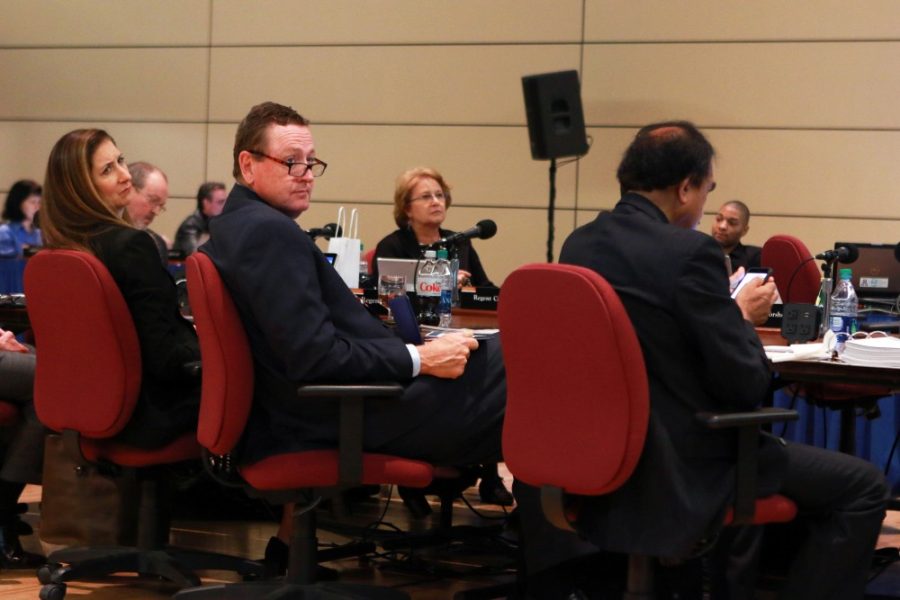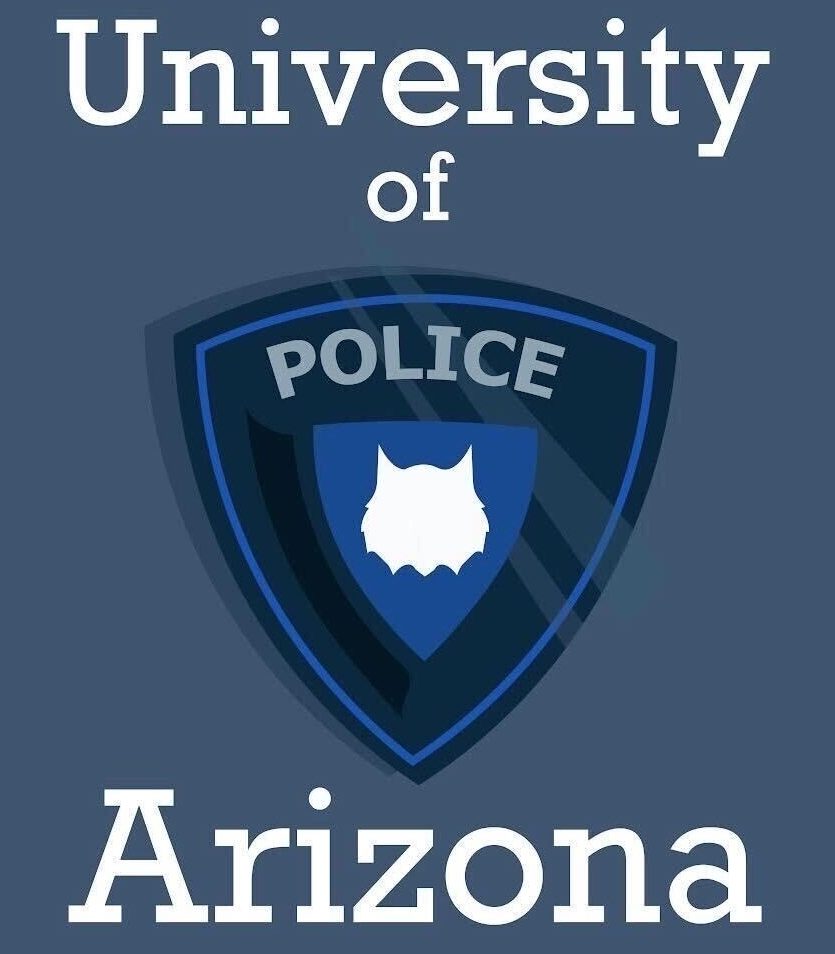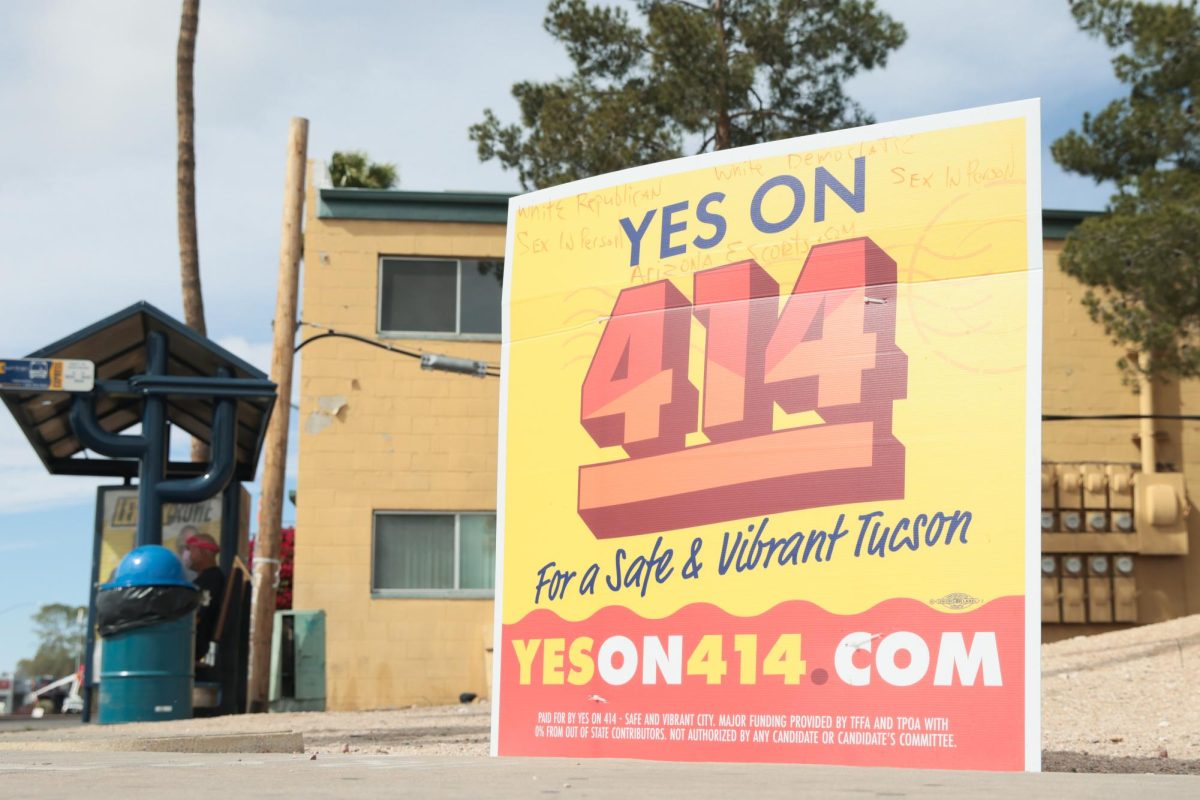The Arizona Board of Regents descended on the UA campus to discuss issues facing college students attending Arizona’s three public universities this week.
Here are the top takeaways from their first day of open meetings:
Educational expansion
The regents approved three new programs and one new unit to be offered to students at UA.
UA President Ann Weaver Hart told the board the UA will introduce a Bachelor’s of Science in architectural engineering through the College of Engineering.
A Bachelor’s of Science in pharmaceutical science will be offered as a compliment to the Ph.D. pharmaceutical program. In response to economic opportunities in the pharmacy field that do not require doctoral degrees, the UA worked with Paradise Valley Community College to create the program.
To build upon current courses in Farsi and Traditional Persian, the UA will create a Master of Arts and a Ph.D. in Persian and Iranian studies. President Hart stressed that the economic and political opportunities provided by all these new programs spurred their creation.
The College of Humanities will add a new unit focused on the acquisition of critical languages as determined by the U.S. military. The program will focus on the use of digital media in second language and the development of new approaches to learning second languages.
ASUA update, UA Campus Pantry
Jared Gorshe, student regent from Northern Arizona University, notified the board of the Associated Students of the University of Arizona’s plan to solve food insecurity by creating a Campus Pantry so students who cannot afford to eat can, in his report on student governments.
Michael Finnegan, UA’s Student Body president, reiterated to the board his work to integrate the Campus Pantry into the UA to provide food to students in need. Finnegan relayed his efforts to amplifying student voices in conjunction with NAU and ASU, as well as his plan to look into student affordability in terms of student fees.
UA’s cost of attendance goals
Regent Ron Shoopman expressed his belief that the regents should place achieving their goal of covering 50 percent of the cost of attending an Arizona university for in-state students at the forefront of their short-term legislative agenda.
Hart informed the board that UA’s general fund obtained 85 percent of its funds from tuition. Any cost incurred by the university passes directly to students in the form of tuition.
In order to achieve the goal of 50 percent coverage, the board encouraged novel solutions; for example, they tabled a proposal that would exempt state universities from paying Arizona’s 5 percent sales tax.
Tom Belshe, deputy director of League of Arizona Cities and Towns, expressed his appreciation that the motion was tabled because of the negative funding impact on city and town budgets.
Regent Chair Greg Patterson expressed the need for budgetary solutions while supporting the sales tax exemption.
Arizona’s economic growth and investment in education
George Hammond, director of the Economic and Business Research Center at the UA Eller College of Management, provided the regents with a comprehensive report of Arizona’s economy.
He said Arizona continues to drift further and further from the national per capita personal income average, and Arizona’s annual wages per worker are less than national averages for almost all industries.
Hammond told the board he believes slow economic growth can be attributed to Arizona’s educational attainment falling further behind national averages.
Follow Randall Eck on Twitter.








